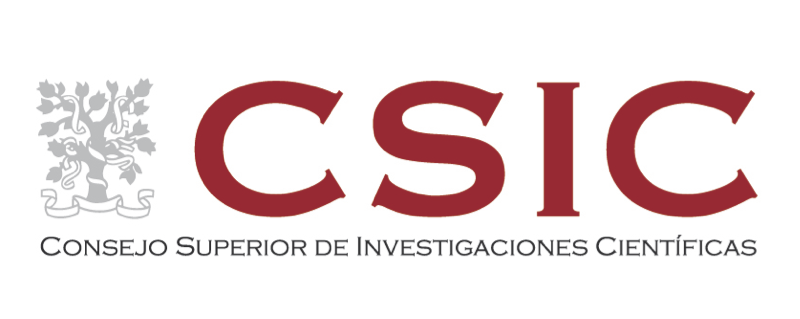Chemosphere, vol. 286 (2022)
Article preview
© 2021 The AuthorsPersistent Organic Pollutants (POPs) are a global threat, but impacts of these chemicals upon remote areas such as Antarctica remain unclear. Penguins can be useful species to assess the occurrence of POPs in Antarctic food webs. This work's aim was the evaluation of polychlorodibenzo-p-dioxins and furans (PCDD/Fs), polychlorinated biphenyls (PCBs) and polybrominated diphenyl ethers (PBDEs) in eggs of two penguin species, chinstrap (Pygoscelis antarticus) and gentoo penguins (Pygoscelis papua), breeding in the South Shetland Islands. Results showed a common pattern in POP levels regardless of the species, characterized by a major abundance of PCBs (98 %), followed by PBDEs (1–2%) and PCDD/Fs (<1 %). Concentrations of POPs in chinstrap and gentoo penguin eggs were 482 and 3250 pg/g l.w., respectively. PCBs, PBDEs and PCDD/Fs were found at higher concentrations in chinstrap penguin eggs, being these differences significant for PBDEs. Interspecies differences in POP levels agree well with potential trophic position differences among species due to changes in prey composition and foraging areas. POP profiles were dominated by congeners with a low degree of halogenation. Our results therefore suggest similar sources of POPs in the food webs exploited by both species and in both cases attributable to the long-range transportation rather than to the presence of local sources of POPs. TEQs were found between 1.38 and 7.33 pg/g l.w. and followed the pattern non-ortho dl-PCBs > PCDFs > PCDDs > mono-ortho dl-PCBs. TEQ values were lower than the threshold level for harmful effects in birds of 210 pg/g WHO-TEQ/g l.w.




